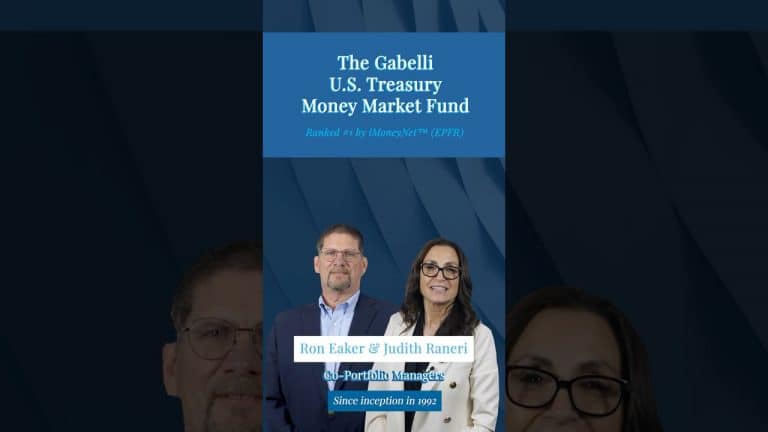http://www.Gabelli.com
Invest with Us 1-800-GABELLI (800-422-3554)
Slide 1: Hi – I am Sergey Dluzhevskiy, a portfolio manager with Gabelli Funds. Today I will discuss one of the key trends of digital revolution in the connectivity world – 5G, the next generation of wireless network technology, that is expected to enable massive digital transformation of our society.
Slide 2: 5G is expected to provide super-fast data speeds in excess of 1 gigabit per second, ultra-low sub-1 millisecond latency, and ability to connect up to 100 times more devices than today’s 4G networks in order to support rapidly growing Internet of Things.
Slide 3: Key drivers for the development of 5G include increasing demand for broadband over mobile networks as well as aspirations to enable services for the Internet of Things. Global mobile data traffic is expected to increase over 6-fold between 2017 and 2022.
Slide 4: So what is driving that growth? Primarily, video, now embedded in most online content. The world wants to stream its content in 4K and play online games on multitude of devices. Moreover, COVID-19 pandemic accelerated adoption of online videoconferencing, collaboration, learning, and telemedicine solutions. By 2022, video is expected to represent 79% of total mobile traffic.
Slide 5: 5G will provide not only higher speeds and low latency, but also a foundation for completely new use cases, including autonomous vehicles, immersive gaming with virtual reality elements, remote surgery, and unprecedented factory automation.
Slide 6: 5G will be critical to the proliferation of the Internet of Things. The number of IoT connections is expected to more than double between 2019 and 2025, reaching 25 billion. Telecom operators are uniquely positioned to provide the connectivity that forms the basis of IoT ecosystems and layer security and quality of service on top of that connectivity base, becoming true enablers of the IoT era.
Slide 7: While 4G growth will continue, accounting for nearly 56% of global connections (excluding IoT) by 2025, 5G connections are expected to reach 1.8 billion worldwide during that time frame, amounting to 20% of global total.
Slide 8: First commercial 5G networks were launched in the US and South Korea in the Spring of 2019 and currently there are 85 5G mobile network deployments around the world.
Slide 9: To fully realize the 5G future, operators will need timely release of spectrum. They will need more spectrum and wider channels than in the past. It is fair to say that, over time, the industry will be utilizing all spectrum bands for 5G – from low band, to mid-band, to high-band and millimeter-wave.
Slide 10: So, who benefits in the 5G World. We believe there are 5 broad service provider groups that could be viewed as 5G beneficiaries.
First, wireless carriers with sizeable spectrum positions. You need a lot of spectrum and wide channels to offer 5G speeds and capabilities. In the US, T-Mobile has the largest low- and mid-band spectrum position, with over 300 MHz of spectrum across those bands.
Second, large-scale integrated telcos. Verizon fits this profile, combining the largest mobile operator serving nearly 120 million retail customers with fiber-rich wired footprint inside and outside of its Northeast incumbent area.
Third, fiber providers. Fiber will become an increasingly important backhaul solution for wireless operators in the 5G era. CenturyLink has the 3rd largest fiber network in the US, which cannot be overlooked and should become more valuable in the 5G world.
Fourth, small cell providers should benefit as well, as small cells become important elements of network densification with 5G. Crown Castle, a tower company and a fiber provider, also operates industry-leading small cell platform with 70,000 on-air and under-contract nodes.
Finally, spectrum plays (or owners of largely underutilized spectrum). In this category, DISH is simply the largest. The company amassed 29 billion MHz*POPs of spectrum across low- and mid-band frequencies. It should now be in a better position to build a wireless business and monetize this spectrum portfolio with the help of a 7-year attractive MVNO agreement with T-Mobile.






